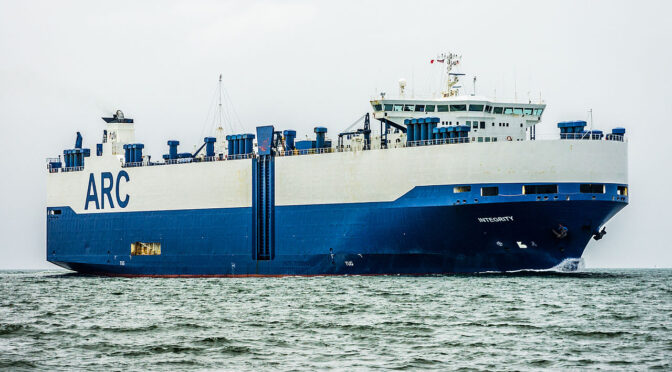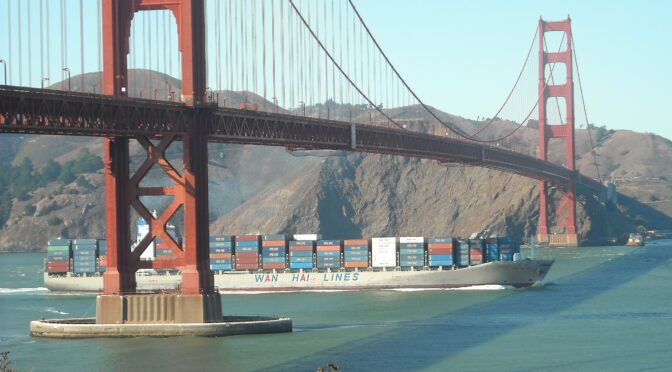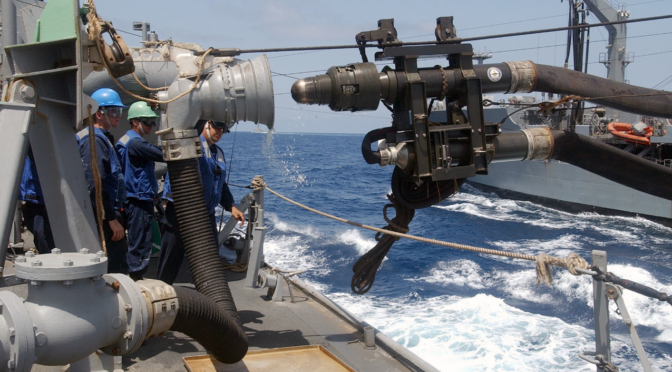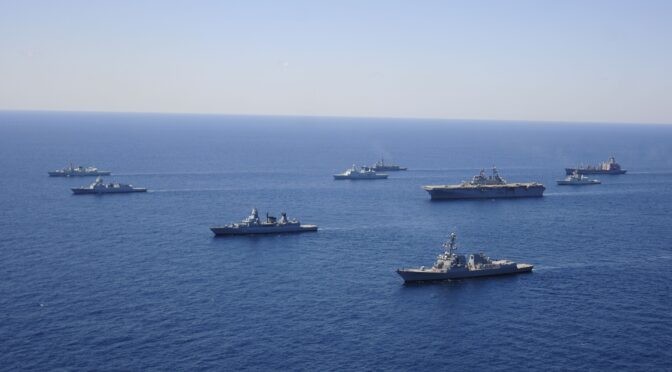Notes to the New Administration Week
By Christopher Costello
The United States needs a true, comprehensive maritime strategy. It takes the form of an interconnected effort that recognizes that seapower does not flow from naval power alone and the conditions under which the U.S. developed into a great maritime power have shifted. Readjustment is necessary. The Trump Administration and 119th Congress have an opportunity to align political will and draft a comprehensive maritime strategy to guide agencies towards the lodestar of rebuilding all facets of maritime power.
The new administration should focus on shipbuilding, seafaring, and sway. Economic power is the root of American prosperity, yet the U.S. has grown dependent on an open, globalized manufacturing and shipping environment that is now threatened by revisionist powers. To counter that threat, American shipbuilding needs to be prioritized with infrastructure investment coupled with funding for port and waterway improvement. The new administration can incentivize industry to continue to expand relationships with various maritime stakeholders and encourage a new approach to procurement that can help revive a once world-class program of innovation, design, and manufacture.
Seafarers and those who enable them need to be incentivized, including skilled vocational training programs across the nation to grow mariner capacity. Bolster the Merchant Marine Academy and ensure the state maritime academies and merchant mariner training institutes have the support necessary to add additional seafarers to the fleet. Apprenticeships and skilled vocational training should be as prolific and prescriptive as undergraduate admissions programs and internships. Seafaring should be incentivized to be a stable, remunerative career field, not a solitary sojourn to endure before heading ashore to literal greener pastures.
Lastly, the national maritime strategy must have sway – the ability to coordinate the soft power of influence with the hard power of economic, political, and military policy. The Department of Transportation, MARAD, the Federal Maritime Commission, U.S. Transportation Command, the Department of Homeland Security, and the Coast Guard require political support to elevate their efforts into the worthy national maritime enterprise this country deserves, akin to the attention and funding of the military sea services.
A cohesive and committed maritime strategy that emphasizes shipbuilding, seafarers, and sway will support the upcoming National Security Strategy and help mitigate key shortfalls in the National Military Strategy and various service strategies. Members of the 118th Congress already pitched for the creation of a new council and position to oversee a maritime strategy, and the time to act is now.
Christopher Costello, PhD is an Associate Professor of National Security Affairs at the Naval War College.
The views expressed in this article are presented in a personal capacity and do not necessarily represent the official views of the Naval War College, the Department of the Navy, or the United States.
Featured Image: ARC Integrity (Photo via Wikimedia Commons)




